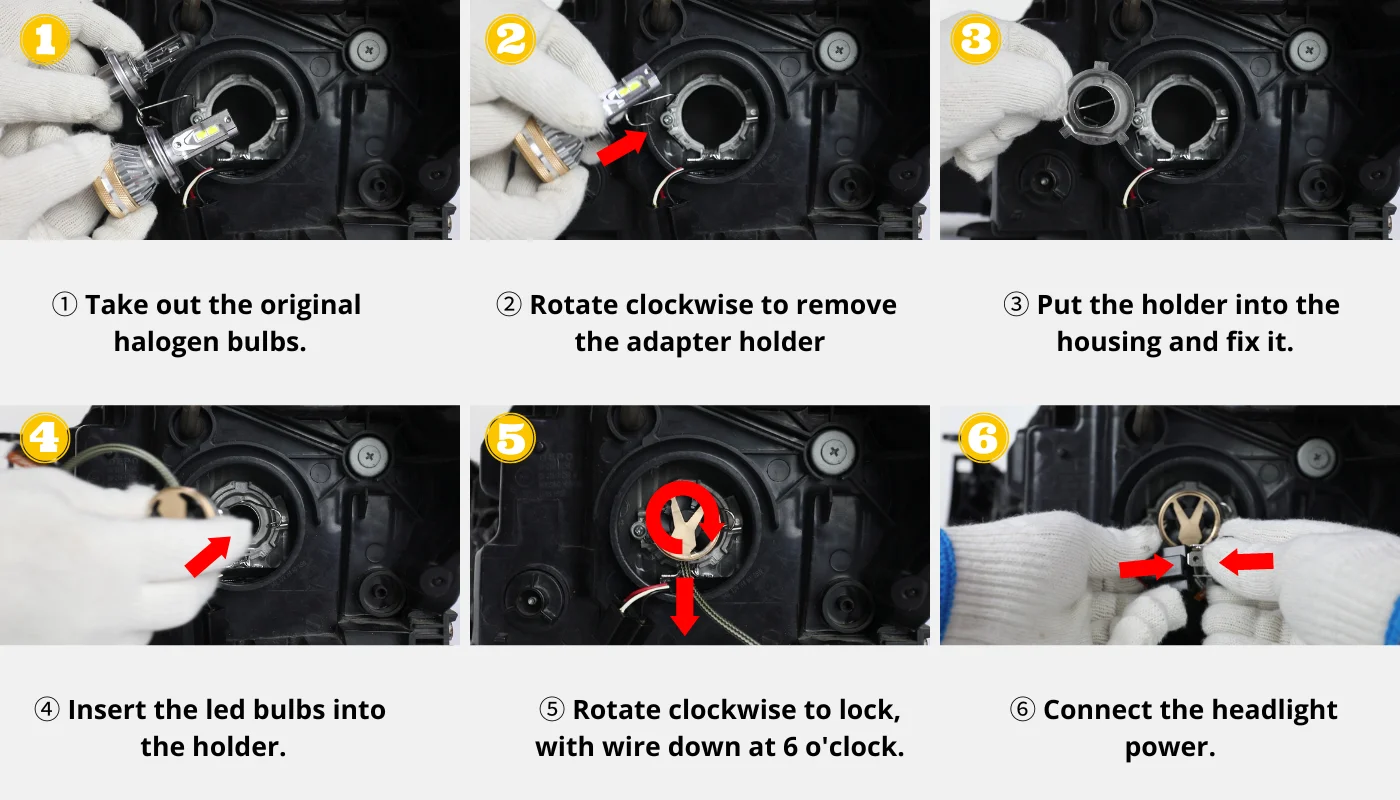How Car Manufacturers Are Integrating AI Assistants: Your Co-Pilot on the Road
Remember the days of fumbling with a paper map while driving? Or arguing with a clunky, pre-programmed GPS that couldn’t understand a word you said? Well, those days are fading fast in the rearview mirror. The car of today is less like a simple machine and more like a rolling supercomputer. And its brain? An AI assistant.
Car manufacturers are in a full-blown arms race to integrate the most sophisticated, helpful, and seamless artificial intelligence into their vehicles. This isn’t just about playing your favorite song on command. It’s about creating a truly intelligent, conversational, and predictive partner for your journey. Let’s dive into how they’re doing it and what it means for you behind the wheel.
Beyond Voice Commands: The Conversational Co-Pilot
The old voice command systems felt like talking to a robot—because you were. You had to memorize specific, clunky phrases. “Call. Home.” Today’s in-car AI assistants are a different beast entirely. They leverage natural language processing (NLP) to understand context and casual speech.
You can say, “Hey, I’m freezing,” and the car will warm up your seat and adjust the climate control. Mutter, “I’m hungry for pizza,” and it’ll find nearby options, read you reviews, and navigate you there—all in one fluid conversation. This shift from command-based to conversation-based interaction is the first, huge leap. It makes the technology feel less like a tool and more like a companion.
The Key Players: Built-In vs. Brought-In
There are two main approaches carmakers are taking, each with its own pros and cons.
1. The Native Assistant (Built-In)
Companies like Mercedes-Benz (with MBUX), BMW (with iDrive), and General Motors (with Ultifi) are developing their own proprietary AI systems. The big advantage here is deep integration. These assistants are baked into the car’s DNA. They can control everything from the ambient lighting and sunroof to advanced driver profiles and suspension settings. They know the car intimately because they are
2. The Tech Giant Partnership (Brought-In)
Then you have the seamless integration of the assistants you already use at home. Apple CarPlay and Android Auto have evolved far beyond simple phone mirroring. With new generations of these platforms, your phone’s AI—Siri or Google Assistant—becomes the car’s primary brain.
The benefit? Familiarity. You step into a Ford, a Hyundai, or a Porsche and your personal ecosystem comes with you—your playlists, your calendar, your preferred routes. The car becomes an extension of your digital life. Carmakers love this, too, as it lets them leverage the massive R&D budgets of Apple and Google.
What Can Your Car’s AI Actually Do? A Lot.
The feature list is expanding at a dizzying pace. It’s not just infotainment anymore.
- Predictive Maintenance: The AI monitors thousands of data points from the engine, battery, and brakes. It can predict a potential failure long before it happens and proactively schedule a service appointment at your dealer.
- Proactive Navigation: It learns your routines. If you leave work every day at 5 PM, it might ping you at 4:50 with a warning about traffic on your usual route and suggest a faster alternative. It’s not just reactive; it’s anticipatory.
- Personalized Comfort: It recognizes who’s driving via a key fob or facial recognition and automatically adjusts the seat, steering wheel, mirror positions, and even climate zones to that driver’s preset preferences.
- Enhanced Safety: AI-powered driver monitoring systems use cameras to detect drowsiness or distraction. If you start to nod off or look at your phone too long, the car can provide haptic feedback (like a vibrating steering wheel), sound an alert, or even suggest taking a break.
The Data Dilemma: Personalization vs. Privacy
Here’s the thing about a truly smart assistant: to be helpful, it needs to know you. Really know you. It needs access to your calendar, your location history, your music taste, and your driving habits. This is the central tension in the AI car revolution.
Manufacturers are quick to promise robust data encryption and user control. You can usually opt out of certain data collection, but honestly, the experience becomes a lot less “intelligent” if you do. The question becomes: how much personalization are you willing to trade for a little bit of your privacy? It’s a question every driver will have to answer for themselves.
The Road Ahead: What’s Next for AI in Cars?
This is just the beginning. The integration is moving towards what’s called “ambient computing”—where the AI is just… there. It’s an always-on, ever-present helper that doesn’t need a “wake word.” It might notice you’re low on fuel and, knowing your schedule, suggest the perfect time to stop based on traffic and your calendar.
The ultimate goal, of course, is the synergy between AI and autonomous driving. The assistant will eventually transition from a co-pilot to the pilot itself, explaining its driving decisions and keeping occupants informed and entertained in entirely new ways during their journey.
The hum of the engine is being joined by the quiet hum of intelligence. Our cars are becoming observant, thoughtful, and surprisingly conversational partners. They’re learning our rhythms, anticipating our needs, and transforming the solitary act of driving into a connected, personalized experience. The open road just got a whole lot smarter.












